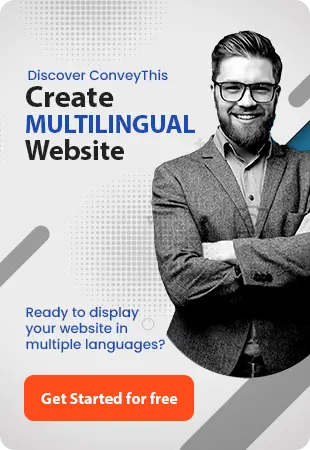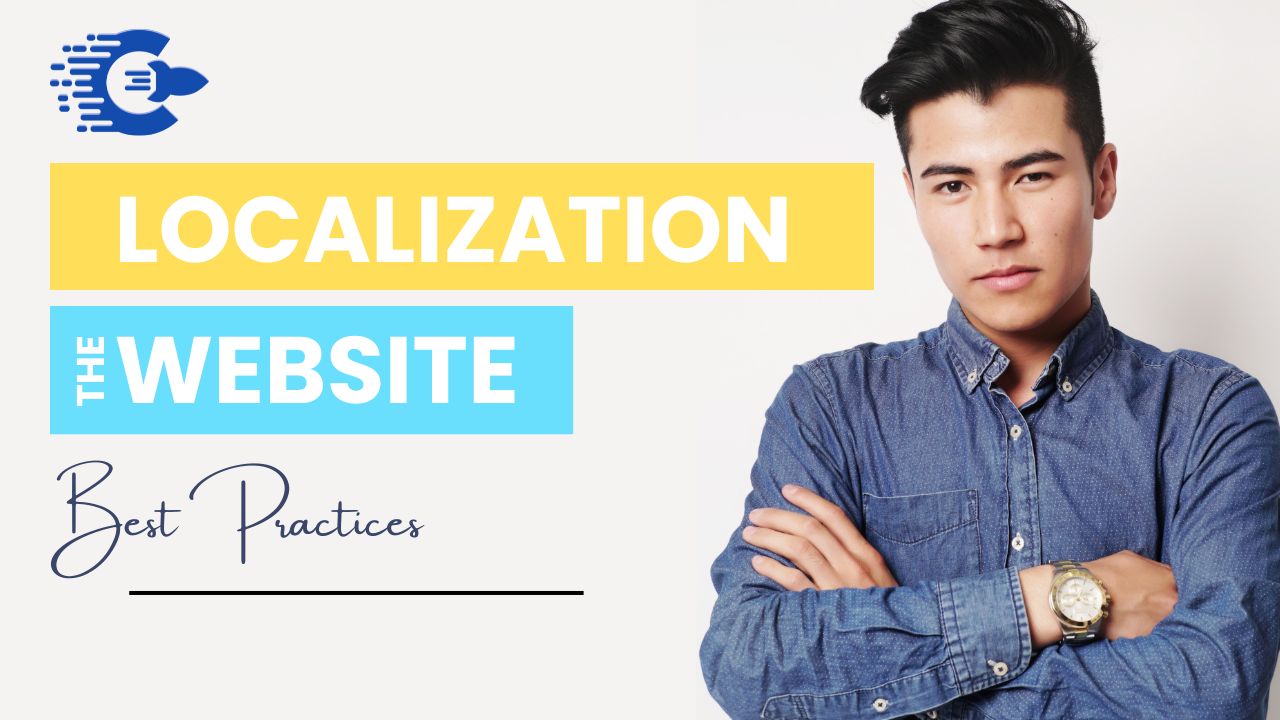Best Practices for WordPress Multilingual Websites
Strategically Choose Languages to Translate
Once your site is translated into those core languages, you can incrementally expand into additional secondary languages later as needed. But resist the temptation to over-translate your site upfront before you have the visitor data to support it. Starting with too many languages can quickly become unmanageable for updating and maintaining translations over time. Less is more when initially launching a multilingual site. You can always scale up language support as your international traffic grows.


Provide a Localized User Experience
Providing a seamless, localized user experience across languages is crucial to connecting with and converting international audiences. Include clear, visible language switching options in the header or footer navigation areas of your site. Dropdown menus, globals flags, or sidebar widgets make it easy for visitors to find and access translated content.
Implement dedicated URLs for each localized version using subdirectories (e.g. example.com/es for Spanish) to avoid duplicate content penalties from search engines like Google. When translating your text, hire professional human translators who can adapt copy to be culturally relevant in each region. This produces higher quality localization that feels natural compared to just direct word-for-word machine translations.
In addition to translating text, also localize images, videos, and examples to be familiar to users in each target country. This level of care with localization helps international visitors feel comfortable navigating and converting on your site. Providing equivalent experiences across languages demonstrates respect for foreign audiences.
Optimize for Local Search Engines
A key component of any multilingual website strategy is developing optimized SEO tailored to each language you translate into. Thoroughly research the most popular local search engines in your target countries and regions, such as Baidu in China, Yandex in Russia or Seznam in the Czech Republic.
For each language version of your site, focus on optimizing translated content with keywords and metadata specifically targeted to ranking in those country-specific search engines. This significantly expands your visibility and reach beyond just English search results. Tools like Google Keyword Planner can help uncover popular localized keywords to focus on.
Additionally, utilize technical features like hreflang tags to help international search bots correctly index the different localized versions of your pages for users in each region. Optimize your code architecture using best practices for multilingual websites to avoid issues like duplicate content penalties.


Stay Consistent Across Languages
It’s vital that translations remain up-to-date across languages to provide a consistent, comparable user experience. As you add, remove or update content on your English website over time, ensure newly added text gets translated in a timely manner into every language your site supports.
Routinely review translated text across pages to identify and fix any inconsistencies, outdated information or errors. Confirm no changes introduced to English content have created gaps in other languages. Maintain parity in all features, functionality, navigation, and design elements across language versions.
This level of diligent care and attention demonstrates respect and helps build trust with international site visitors. Leaving translations stale or neglecting languages over time reflects poorly on your brand. Prioritize translation maintenance through site change monitoring and quality assurance testing.
Localize Design and Content
When designing layouts and content for multiple languages, carefully account for text expansion differences. Some languages like Chinese are more concise using fewer characters, while German text often takes more space to convey the same information. Audit your site templates and evaluate if longer translations could potentially affect page layouts or break elements.
Beyond text, also adapt images, videos, examples, and scenarios used throughout your site to resonate as culturally appropriate for each target region. Use local models, relatable situations, cuisine, pop culture references, and region-specific imagery that international users can directly connect with.
Provide corresponding translations for multimedia like subtitles for videos. Invest in high-quality localization across content. These types of design and content considerations help create an authentic, tailored experience that appeals to foreign language users.

Set User Expectations
Managing user expectations is an important aspect of the multilingual site experience. Clearly indicate which pages or sections may not yet be available in a user’s language of choice. Providing a disclaimer helps avoid confusion if visitors land on untranslated content.
Likewise, warn if links to external sites will direct to a different language than what the user is browsing in. Being transparent about limitations demonstrates respect. Until your entire site is localized, selectively focusing on translating high-value pages first can be a phased approach.
Providing an equivalent, localized experience across languages reassures international audiences that you value their needs. This in turn builds loyalty, fosters engagement, and boosts conversions with foreign language customers.
Follow Best Practices for Multilingual Websites
Creating a successful multilingual website requires carefully planning and implementation across many fronts. From initial translation and localization to ongoing maintenance, there are many best practices to follow.
Strategically selecting target languages based on visitor data ensures effort spent on translations provides maximum impact and ROI, while building incrementally over time. Providing culturally adapted localized content, user experience and SEO optimization tailored for each region establishes connections with foreign audiences.


Conclusion
Keeping translations consistently up-to-date across versions instills confidence and trust in international customers. Adapting site design for text expansion differences, using region-specific imagery, and setting user expectations demonstrates respect for visitors’ needs.
Investing in a professionally executed global website presence that adheres to established best practices for multilingual sites can help businesses tap into valuable new overseas markets and achieve dramatic gains in international traffic and revenue.
The effort to properly localize and maintain a multilingual website pays dividends through increased foreign language customer satisfaction, engagement and conversions over the long term.
Translation, far more than just knowing languages, is a complex process.
By following our tips and using ConveyThis , your translated pages will resonate with your audience, feeling native to the target language.
While it demands effort, the result is rewarding. If you’re translating a website, ConveyThis can save you hours with automated machine translation.
Try ConveyThis free for 3 days!
 No card details
No card details



